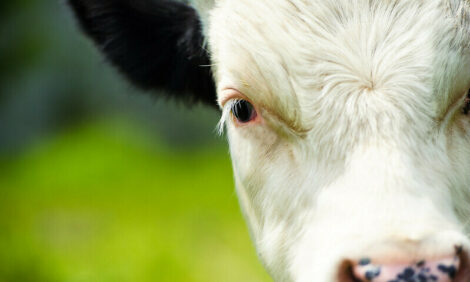



Arla strengthens climate goals with new FLAG-aligned targets
Cooperative updates Scope 3 aims to meet latest science-based standards
In a recent press release, Arla Foods announced an update to its Science Based Targets in line with the Science Based Targets initiative’s Forest, Land and Agriculture (FLAG) guidance, strengthening the cooperative’s commitment to science-based and economically sustainable dairy production.
The announcement follows Arla’s ongoing engagement with SBTi and its continued effort to align with sector guidance.
The FLAG framework addresses carbon emissions reductions linked to land use, farming, livestock and forestry — areas central to dairy production. By adopting FLAG, Arla signals its intention to apply the latest science and global standards. With its FarmAhead™ technology, the cooperative says it has a roadmap and tools to work toward the updated targets.
Arla will now operate with two new Scope 3 targets:
FLAG target: a 30.3% reduction in CO₂e from raw milk and externally sourced whey emissions between 2020 and 2030 (absolute target).
Non-FLAG target: 82.6% of suppliers by emissions to have science-based targets by 2029 across purchased goods and services, capital goods, transportation and distribution, waste generated in operations, and investments.
“Aligning with FLAG reflects our commitment to following the latest science-based industry targets. The update strengthens the credibility of our ambition to create more resilient and sustainable dairy production that helps feed life in a growing population,” said Hanne Søndergaard, executive vice president for agriculture, sustainability and communications at Arla.
Arla will report on the new Scope 3 targets alongside the previous target in its Annual Report in February 2026. From 2027 onward, only the updated target will be reported. The cooperative’s SBTi-approved Scope 1 and 2 target remains unchanged at –63% from a 2015 baseline.



